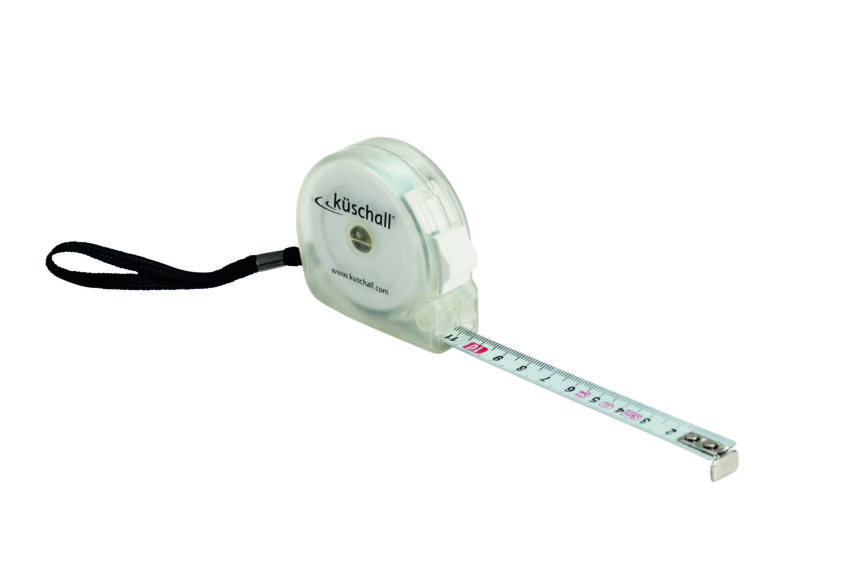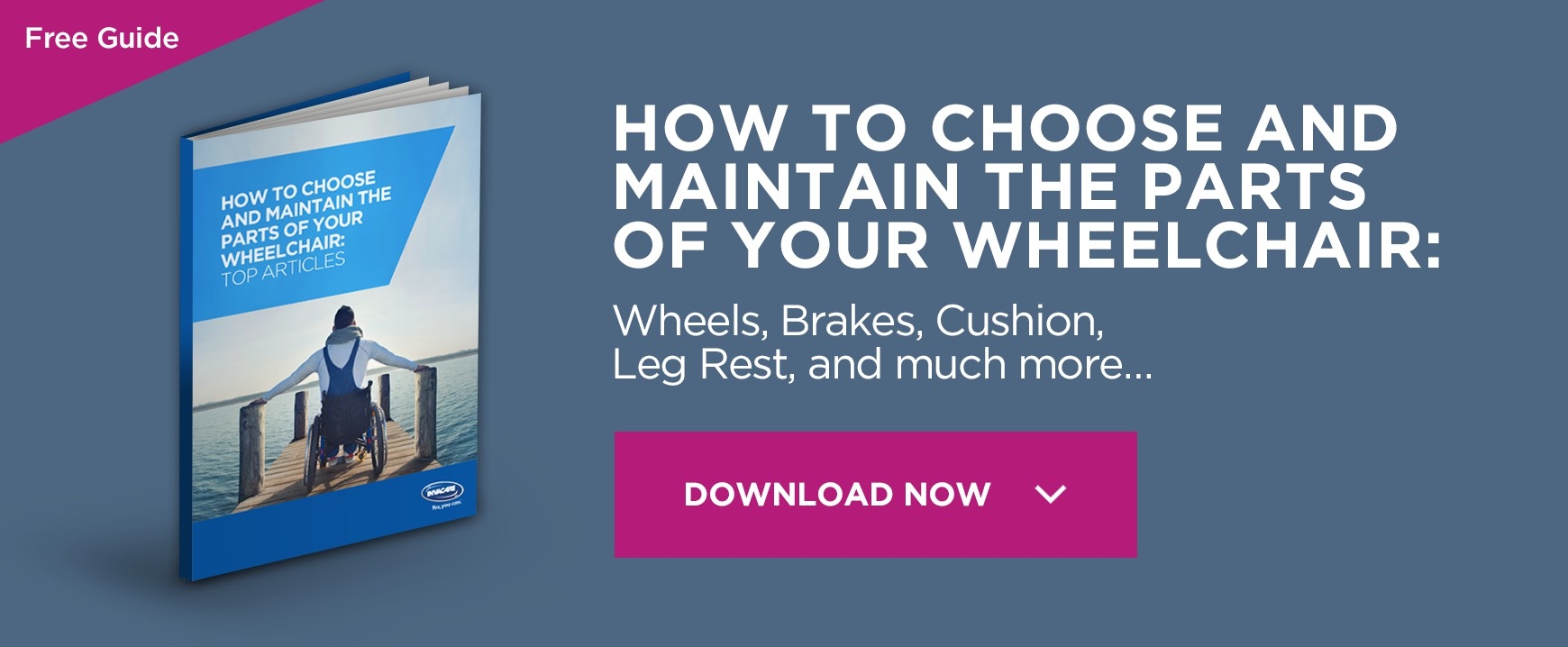Understanding wheelchair sizes and how to ensure it’s right for you

Whether choosing fixed or customizable wheelchair sizes the fit of your wheelchair affects both comfort and propulsion biomechanics, so getting it right is very important, particularly as many of the core measurements are set once ordered.
Unfortunately, while measurement guidelines help to understand the basic principles, there is no reliable formula and pre-prescribed rules are often too crude to account for all your needs. The aim is to fit both your anatomical size and your functional abilities, so when considering wheelchair sizes look at your personal activities and individual areas of difficulty, as well as your actual measurements. The correct fit should balance these features to provide good posture while allowing for flexibility of movement and safe use.
Seat Width
Correct width stabilizes your sitting position, as well as impacting the overall frame size. As snug a fit as comfortable is recommended as too wide allows unwanted position changes, poor posture and difficulty accessing the wheels, increasing injury risk. However, a narrow frame offers less stability, so exercise caution if the frame is likely to be very narrow (there are ways to compensate if very narrow is necessary). In addition, consider changes to clothing through the year and the impact of slings on the width needed.
Seat Depth
Depth is just as important as width for comfort and biomechanics. A short seat overloads the buttocks, increasing pressure care risks. It also places greater pressure through the castors rather than the rear wheels, affecting manoeuvrability. However, an overly deep seat places pressure behind the knees, causing a slumped posture, forward slipping or extended legs, which may also affect pressure care and propulsion. Aim for a seat that allows your weight to be fully distributed through your thighs and buttocks, while allowing enough space behind the knees to avoid problematic restrictions.
Seat Height
Selecting the correct seat height allows some weight to be taken by your feet and ensures your legs are supported. However, this must be balanced against sufficient floor clearance, fitting under tables and ensuring a comfortable transfer height. Always factor in the height of the cushion you will be using too.
Backrest
Backrest height and tension will influence how much support the chair gives, but also freedom of movement. A higher backrest provides increased stability, particularly for those with postural concerns. A low backrest allows more arm freedom for self-propelling and general function, but offers less support. Consider your own postural support needs, tasks you will be doing and duration of use in this choice.
The tension of the backrest should also be considered and may be adjustable on some models. There must be sufficient tension to maintain a well-supported seating position, but too much tension will push you forward and reduce the postural support.
Seat angle
The angle of the seat to the backrest can increase postural support for those with sitting balance problems and can reduce the risk of slipping forward. However, greater angle in the seat can also impact transfers and ability to propel, as sitting too low restricts movement.
Other features
Armrest height should ensure your forearms rest comfortably, while not restricting movement. Footrest length and angle impact leg support, but should not extend too far to cause an obstacle. Overall frame size, including position of the wheel axle and camber, will also impact stability and manoeuvrability, and may help compensate for other sizing restrictions.
Understanding the features of wheelchair sizes is important for all wheelchair users. However, it is also recommended you seek expert advice in wheelchair prescription and have a trial wherever possible, particularly if you have complex seating needs.
Author: Clare Schwalbe, the O.T Agency,







